6 Most Common Dog Sleeping Positions Meaning

Have you ever wondered why your canine companion sleeps in such peculiar positions? Well, fret no more because we’re here to uncover the hidden meanings behind these seemingly random sleep poses. Decode your pup’s sleep style with our guide to the 6 most common dog sleeping positions meanings. Start understanding your furry friend today!
Whether your pooch is a stretched-out superstar or an expert at creating a snuggly nest, each position holds clues about their comfort level, health, and even their emotional state. Join us on this fascinating journey as we dive into the world of dog sleeping positions meaning and gain insight into what makes our four-legged friends tick during dream time!
6 Most Common Dog Sleeping Positions Meaning

Dogs, our loyal and beloved companions, have a unique way of revealing their innermost thoughts and feelings, even while they slumber. Have you ever wondered what your dog’s sleeping position says about their personality?
These furry friends, with their diverse sleeping postures, offer us intriguing insights into their character and emotions. In this comprehensive guide, we delve into the world of canine slumber, decoding the hidden messages behind each sleeping position. So, let’s embark on a journey to uncover the secrets of your dog’s dreams.
#1: The Classic Curl Dog Sleeping Position
The Introverted Observer
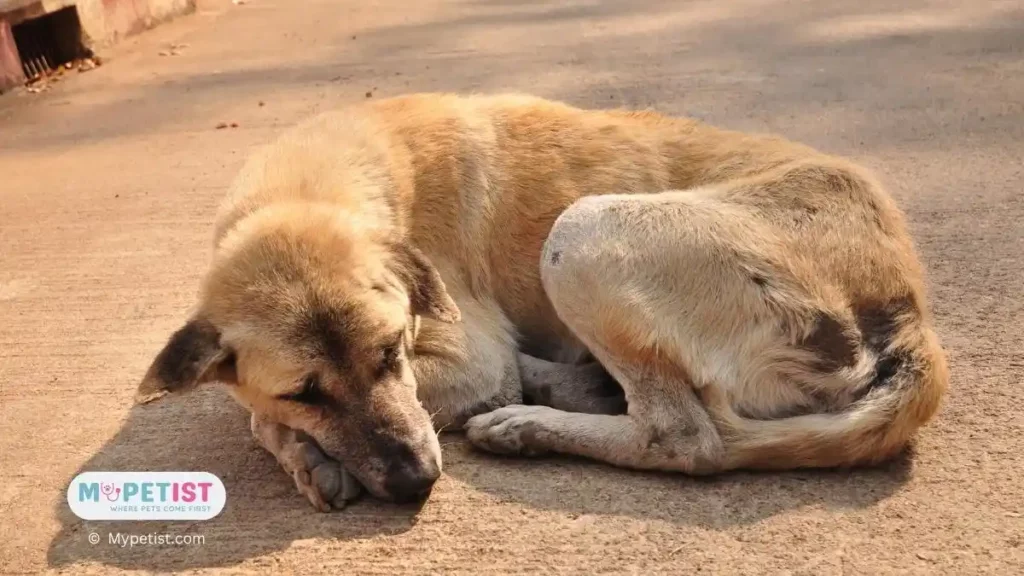
The classic curl, a position reminiscent of a tightly wound spring, reveals much about a dog’s personality. Dogs who prefer to sleep in this coiled posture often possess introverted tendencies. They are the contemplative thinkers of the canine world, choosing to observe the world from a safe, protected vantage point. In this position, dogs tuck their paws under their bodies and their noses close to their tails, creating a compact, self-contained unit.
Dogs who favor the classic curl tend to be cautious and reserved in new situations. This position provides them with a sense of security, allowing them to maintain a heightened awareness of their surroundings. It’s not uncommon for these dogs to exhibit protective instincts, making them excellent guard dogs. Breeds such as the Shiba Inu and Greyhound are known for their affinity for the classic curl.
Anxiety and Comfort
While the classic curl signifies a degree of introversion and caution, it can also be indicative of anxiety or discomfort. Dogs may adopt this position when they’re feeling uncertain or stressed. As responsible pet owners, it’s our duty to create a secure sleeping environment for our canine companions.
To alleviate anxiety, consider providing a comfortable and cozy dog bed in a quiet, low-traffic area of your home. Ensure that your dog’s physical and emotional needs are met, offering regular exercise and affection. By understanding and addressing their emotional well-being, you can help your dog feel more at ease in their surroundings.
#2: The Belly-Up Stretch Dog Sleeping Position
The Confident Extrovert
The belly-up stretch is a bold sleeping posture that reveals a dog’s confidence and extroverted nature. In this position, dogs lay on their backs with their bellies exposed to the world. Their legs are often sprawled out, and they may even snore contentedly.
Dogs who sleep belly-up are, in many ways, the extroverts of the canine world. They exude confidence in their environment and trust in their human companions. This posture is a testament to their outgoing and carefree personalities. Breeds such as the Golden Retriever and Labrador Retriever are known for their propensity to sleep in the belly-up position.
Vulnerability and Trust
While the belly-up position signifies confidence, it also exposes a dog’s vulnerability. When a dog sleeps in this manner, they are essentially saying, “I trust you completely.” It’s a remarkable display of faith in their human family.
To honor this trust, it’s crucial to create a safe and comfortable sleeping space. Ensure that your dog feels secure in their surroundings, as they are more susceptible to disturbances in this position. By respecting their vulnerability and providing a nurturing environment, you can strengthen the bond between you and your dog.
#3: The Superman Dog Sleeping Pose
The Energetic Optimist
The superman pose is a sleeping position that exudes energy and optimism. In this playful stance, dogs sprawl out on their bellies with their limbs outstretched. It’s as if they’re ready to leap into action at a moment’s notice.
Dogs who favor the superman pose are often lively and optimistic individuals. They approach life with a sense of adventure and playfulness that is truly infectious. This sleeping style reflects their readiness for action and their unquenchable zest for life. Breeds like the Dalmatian and Border Collie are frequently found sleeping in the superman pose.
Active Dreams and Restlessness
The superman pose can also lead to active dreams, with dogs often twitching and moving their legs during sleep. While this is entirely normal, it’s essential to address any restlessness that may impact your dog’s sleep quality. Ensure that your dog’s sleep environment is free from disturbances and consider providing a comfortable bed that supports their active dreams.
In the next section, we will explore the sideways lean, another intriguing sleeping position that reveals unique aspects of a dog’s personality.
#4: The Sideways Lean
The Social Butterfly
The sideways lean is a position that radiates sociability and friendliness. In this endearing pose, dogs stretch their bodies out to the side, often with their legs extended and their head resting comfortably on their paws. This sleeping style is a clear indicator of a dog’s extroverted and sociable nature.
Dogs who prefer the sideways lean love social interaction. They are the life of the party and relish being the center of attention. This position allows them to stay alert while still being ready to engage with their human and canine companions. Breeds like the Beagle and Labrador Retriever often choose this position for sleep.
Social Interaction and Training
For dogs who enjoy the sideways lean, socializing is paramount. It’s essential to expose them to various people, animals, and environments to nurture their sociable tendencies. Proper training techniques can further enhance their social skills and obedience.
Creating a harmonious environment for a sideways-leaning sleeper involves providing opportunities for interaction and playtime. Incorporating toys and activities that encourage mental and physical stimulation can help keep these dogs content and engaged.
#5: The Head-Turner Dog Sleeping Position
The Watchful Guardian Dog Personality
The head-turner position is a clear indicator of a dog’s vigilant and protective personality. In this stance, dogs sleep on their side with their head turned towards the door or another entry point. It’s as if they’ve taken on the role of the household sentinel, keeping a watchful eye on potential intruders.
Dogs who adopt the head-turner position are often deeply devoted to their families. They have a strong sense of responsibility for the safety of their home and loved ones. Breeds with strong protective instincts, such as the German Shepherd and Rottweiler, are known to sleep in this watchful posture.
Understanding Territorial Behavior
While a protective dog is a valuable asset, it’s crucial to manage their territorial behavior. Proper training and socialization can help ensure that their protective instincts are channeled in a positive and controlled manner.
Consistent training and reinforcement of boundaries can help these dogs maintain a sense of security without becoming overly aggressive. Understanding their need for protection and providing them with the guidance they require is essential for a harmonious household.
#6: The Spooner Dog Sleeping Position Meaning
The Attachment Seeker Dog Personality
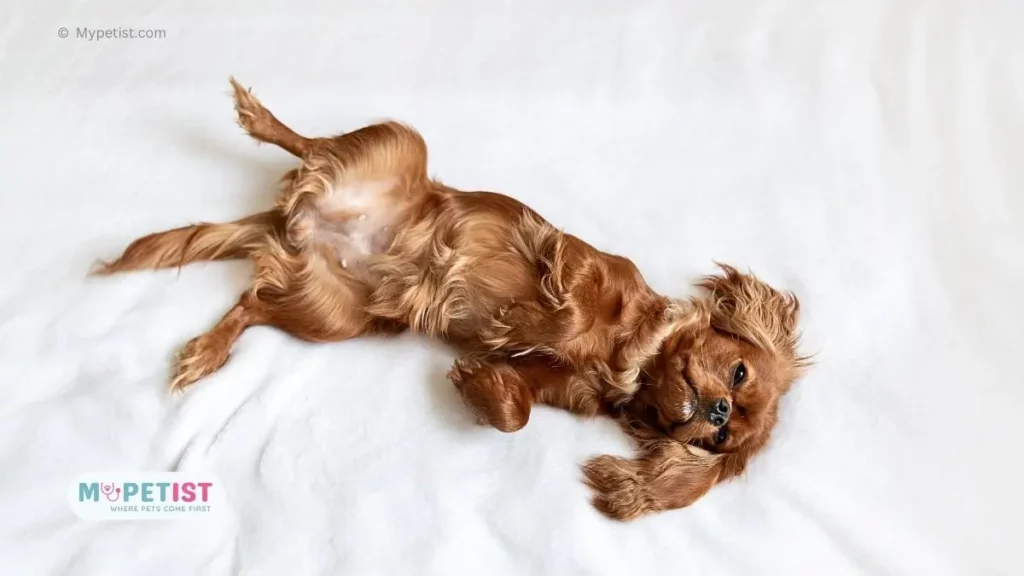
The spooning position is an intimate and affectionate sleeping posture that speaks volumes about a dog’s need for closeness and emotional attachment. In this position, dogs curl up beside their human or canine companions, often with their heads resting on their partner’s body.
Dogs who prefer to spoon are the ultimate attachment seekers. They crave the warmth and comfort of physical closeness and the emotional bond that it brings. This position is a testament to the depth of their love and affection. Breeds like the Cavalier King Charles Spaniel and Bichon Frise are known for their affectionate nature and propensity to spoon.
Strengthening the Bond
To foster a strong emotional connection with a spooning dog, it’s essential to reciprocate their affection. Spend quality time cuddling and engaging in gentle petting sessions. Ensure that their sleeping environment is comfortable and secure, as they are particularly sensitive to disruptions.
Understanding and responding to your dog’s desire for intimacy during sleep can deepen the bond between you and create a sense of trust and security. It’s a beautiful testament to the special relationship between humans and their canine companions.
Recap
In this exploration of your dog’s sleeping positions, we’ve uncovered a fascinating world of personality traits and emotions. From the classic curl to the spooner, each sleeping posture provides unique insights into your furry friend’s character. By observing and understanding these positions, you can gain a deeper appreciation for the complex and wonderful personalities that dogs possess.
As responsible pet owners, it’s our duty to ensure that our dogs have a safe and comfortable sleeping environment that caters to their individual preferences. Whether your dog is a cautious observer, a confident extrovert, or somewhere in between, their sleeping position is a window into their soul. So, the next time you catch your canine companion in a unique slumber pose, take a moment to appreciate the remarkable bond you share and the mysteries that unfold in their dreams.
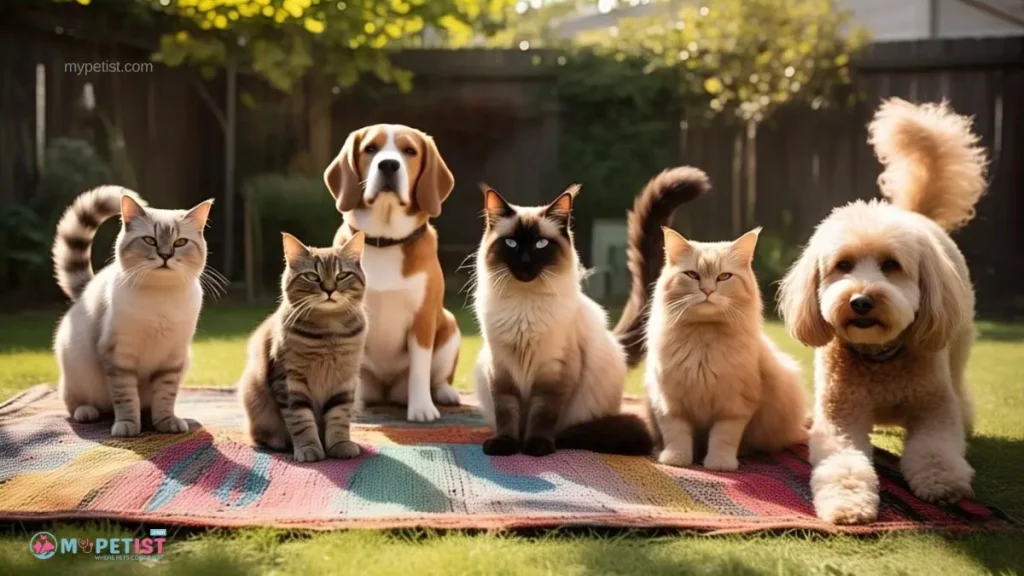
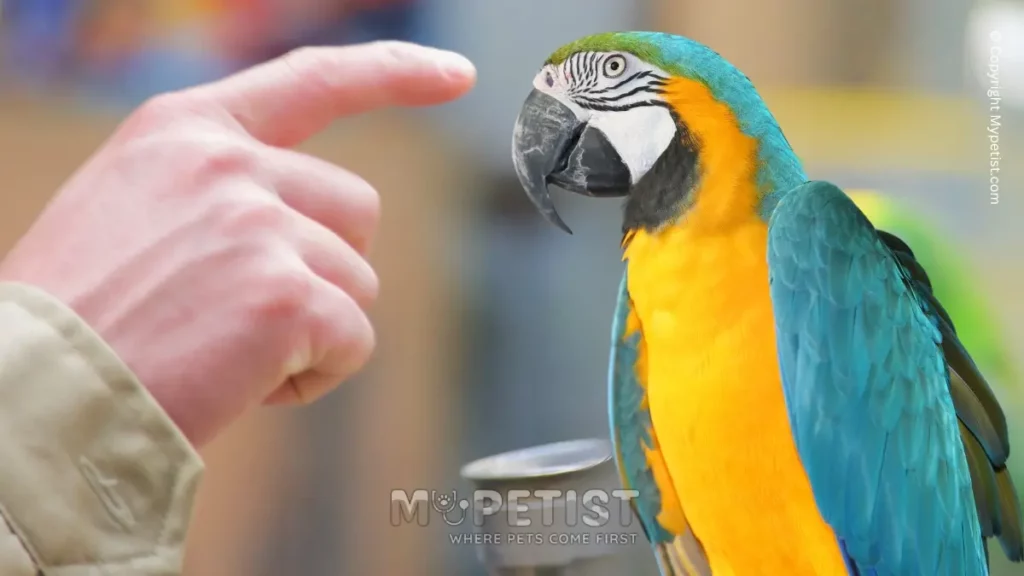
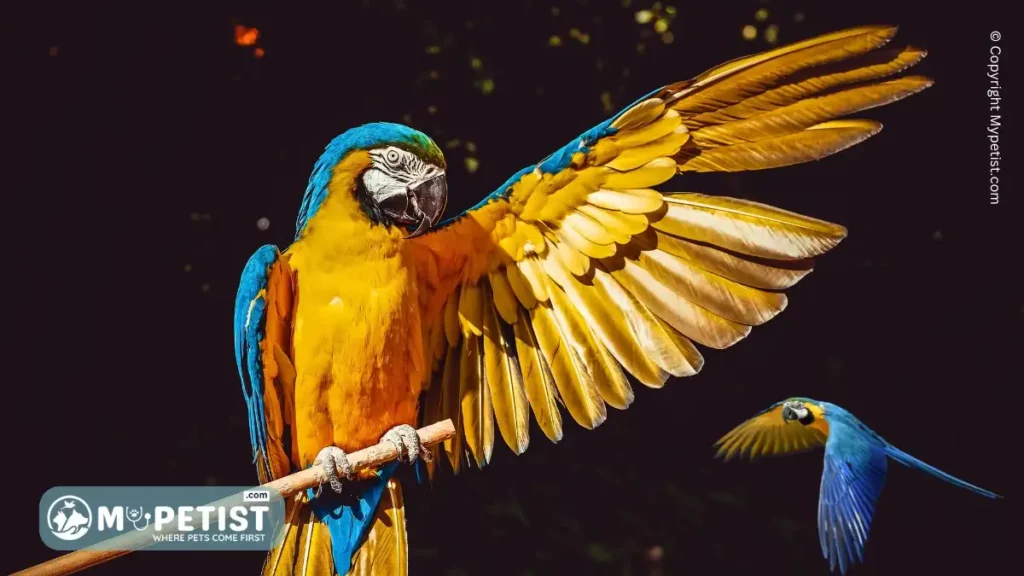
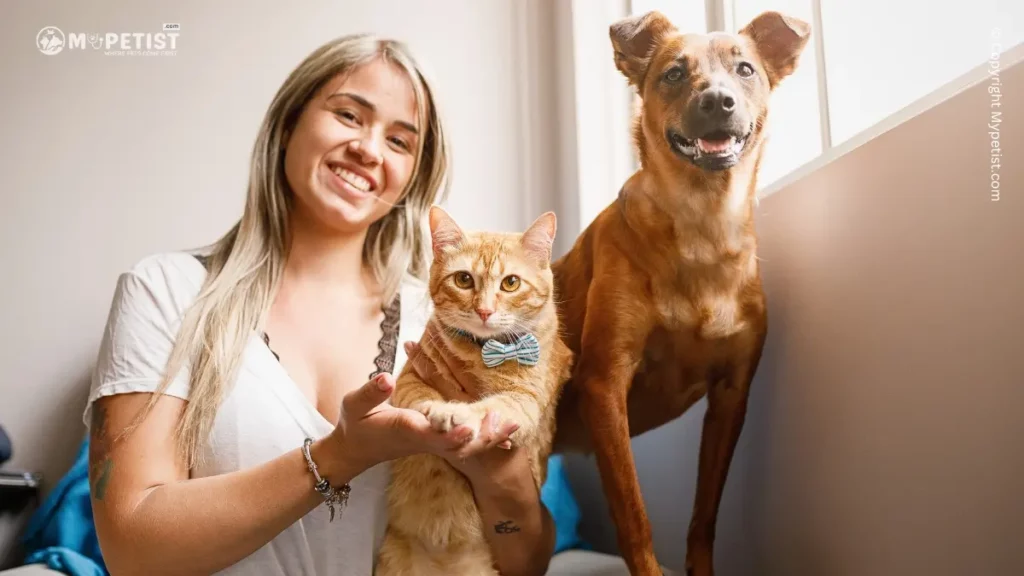
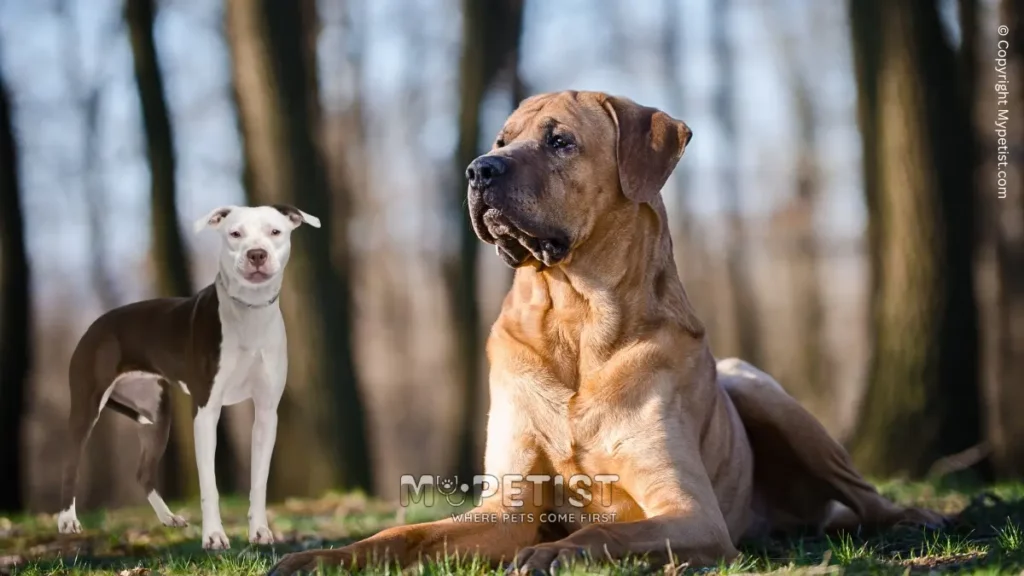
🐶 Unlock the secrets of your dog’s sleeping positions! 🤔 Discover what their sleep style reveals about their personality and well-being. Dive in here: https://www.mypetist.com/dog-sleeping-positions-meaning/
.
Follow, like, and share for more insightful pet content! 🐾❤️
.
#mypetist #DogSleepingPositions #PetPersonality #FurryFriends #DogLovers #PetCareTips #SleepingDogs #DogBehavior 🌟